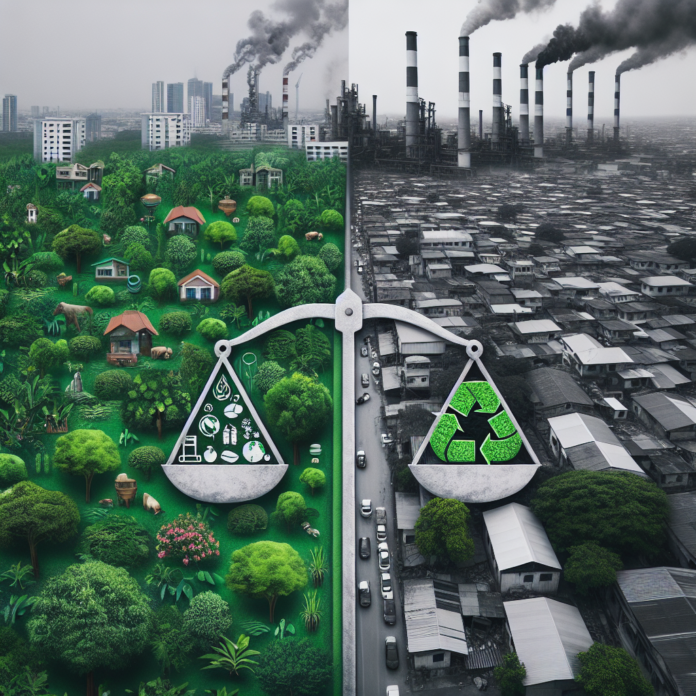Environmental racism is the term used to describe the disproportionate effects of environmental hazards upon communities of color. It’s a terrible truth that discriminatory practices are used in the distribution and use of pollution.
In recent years studies have shown communities of color to be more likely to live near toxic waste dumps, industrial facilities, and landfills which release harmful pollutants in the air and into water. In addition, these communities tend to have less access to healthy food, clean water and air.
Flint, Michigan has been a well-known example of environmental racism. A majority African American population in Flint was exposed to water contaminated with lead due to the negligence of the government. A lack of clean water caused a public-health crisis. There were reports of developmental delays, disabilities and other serious health issues among children.
In the Gulf Coast Region of the United States too, communities of color suffer disproportionately from oil refineries and chemicals plants that release toxic pollution into the air and the water. These communities are more likely to suffer from respiratory diseases, cancer and other health issues linked to pollution.
The issue of environmental racism stems from systemic injustices and discrimination. In the past, zoning policies, housing practices, and industrial practices led to the concentration of toxic sites and pollution within low-income communities. They lack the resources and political power to stop hazardous facilities from being built in their communities, which leads to more environmental injustices.
Environmental racism affects people all over the globe. In developing nations, marginalized communities are often the ones who suffer from pollution caused by industrial operations, mining, and deforestation. These communities must live in unsafe conditions without access to water, air or land.
Environmental racism affects more than just the physical health of communities. It also impacts their mental and emotional wellbeing. Polluted environments can cause residents to feel hopeless, helpless, and despair as they struggle to protect their families and themselves from pollution’s harmful effects.
It is essential to identify and understand the causes of environmental racism in order to combat it. It is important that governments, corporations, policymakers, and other stakeholders prioritize the health and wellbeing of all communities and strive to implement more just and equitable environmental policies and practices. This includes investing in cleaner energy sources and stricter regulations for industrial pollution.
Conclusion: Environmental racism must be recognized and addressed to ensure a sustainable and just future for everyone. We can create a healthier and more equitable environment by exposing the discriminatory practices of pollution distribution.
